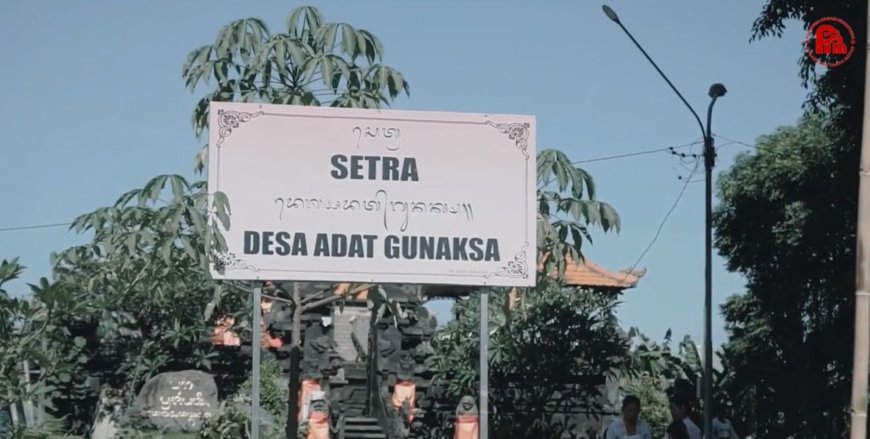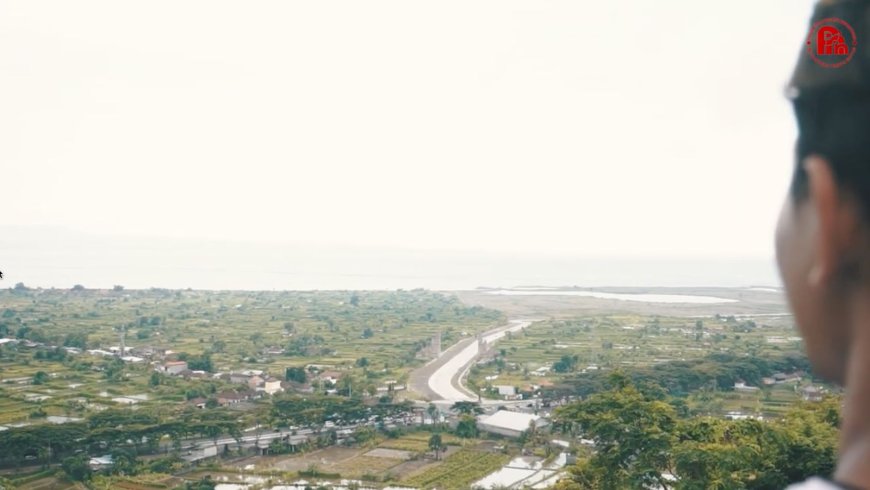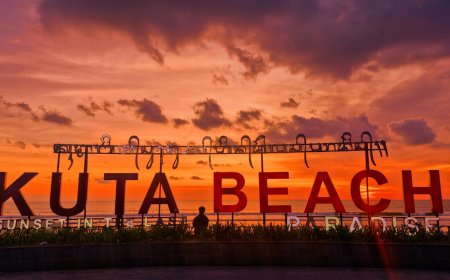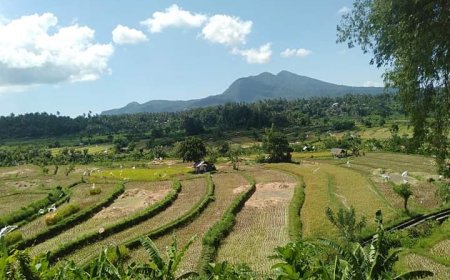Gunaksa Village: Rich History, Cultural Heritage, and Local Wisdom
Gunaksa Village, with its history and local wisdom, is revealed through the Tutuan inscription at Bukit Buluh Temple. From the diaspora of Ki Mantri Tutuan's followers to the establishment of the settlement at Banjar Belimbing, the village draws inspiration from the banyan tree. In the process, the Hindu temple and Pewalang Tamah Temple, or Guna Ksaya, reflected the center of black magic and knowledge. Guna Ksaya was chosen as the village name, creating Gunaksa Village, a mesmerizing depiction of history, local wisdom and inspiration.

Gunaksa Village is a village located in Dawan Sub-district, Klungkung Regency, Bali Province, specializing as one of the traditional villages rich in history and cultural heritage. With an area of 683 hectares, Gunaksa Village consists of one Dinas Village and one Gunaksa Customary Village, supported by seven hamlets/banjars that make up the village community life. These are Banjar Patus (Banjar Belimbing), Banjar Bandung, Banjar Nyamping, Banjar Kebon, Banjar Tengah, Banjar Babung, and Banjar Buayang.

View of Gunaksa Village from the Top of Belong Hill (Source: Personal Collection)
The name of a village often reflects historical events and happenings recorded in Babad and inscriptions, as well as passed down through stories from previous generations. This is also true for Gunaksa Village. The village has a unique Tutuan inscription, located at the Bukti Buluh Temple. This inscription reveals the story of the Keling Kingdom from East Java who came to Bali, established a settlement in Gunaksa Village and formed Pura Bukit Buluh, which is still revered by the local community.

Interview with Pekak Awik of Gunaksa Village (Source: Personal Collection)
According to Pekak Awik of Gunaksa Village, Ki Mantri Tutuan's inscription is still well preserved at the Bukit Buluh Temple. The inscription tells the story of Ki Mantri Tutuan's life and the settlement of the Keling Kingdom in Gunaksa Village. Ki Mantri Tutuan's title was then passed on from Dalem Mangori to his son, Satrya Wangsa, who was the first child of Ida Dalem Mangori and I Berit Kuning. This history has been passed down to the descendants of Rare Angon.
Along with the times, Ki Mantri Tutuan's followers are increasingly widespread, even spread throughout Indonesia due to the transmigration factor. The eruption of the mountain in 1963 caused some of Ki Mantri Tutuan's followers to leave Bali to seek refuge, and until now they still live in that place. This is why many Tutuans are located outside Bali.

Bukit Buluh Temple Gunaksa Village (Source: Personal Collection)
The history of Gunaksa Village according to the Tutuan Bukit Buluh inscription records that the founders of the village came from the Tutuan Kingdom in Java, who came to Bali and established settlements in the hilly terrain. These ancestors eventually settled in an area that was later named Banjar Belimbing, now known as Banjar Patus or another area called Dauh Bingin. The name Banjar Belimbing was taken because in the eastern part of the area there was a banyan tree located in the complex of SD no.3 Gunaksa. This banyan tree was uprooted in 1952 during the construction of a public school which was affected by the eruption of Mount Agung in 1963.
In the process of establishing the settlement in Banjar Belimbing, the ancestors of Gunaksa Village built temples in accordance with Hindu teachings. This pelinggih is not only a sign of devotion to God Almighty, but also a boundary of the area known as palemahan. In order to fulfill these requirements, a place of worship was built called Pura Pewalang Tamah or Guna Ksaya. This temple became the center of the development of black magic among the people, and from here many sciences developed. Finally, to name the village or residential area, the name Guna Ksaya was chosen which later developed into the name Gunaksa Village, describing the birth of a village rich in local wisdom and inspiring history.





























































